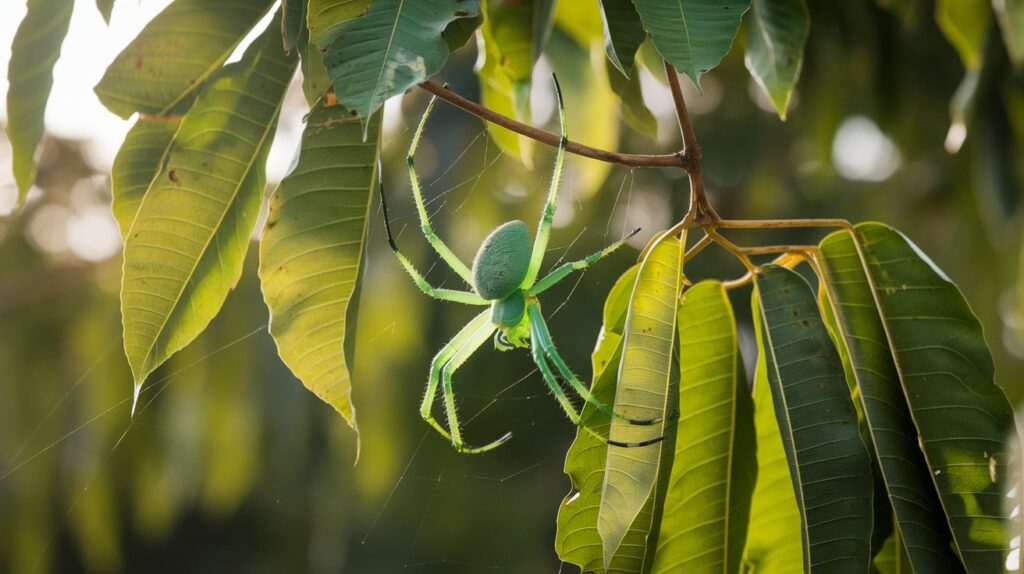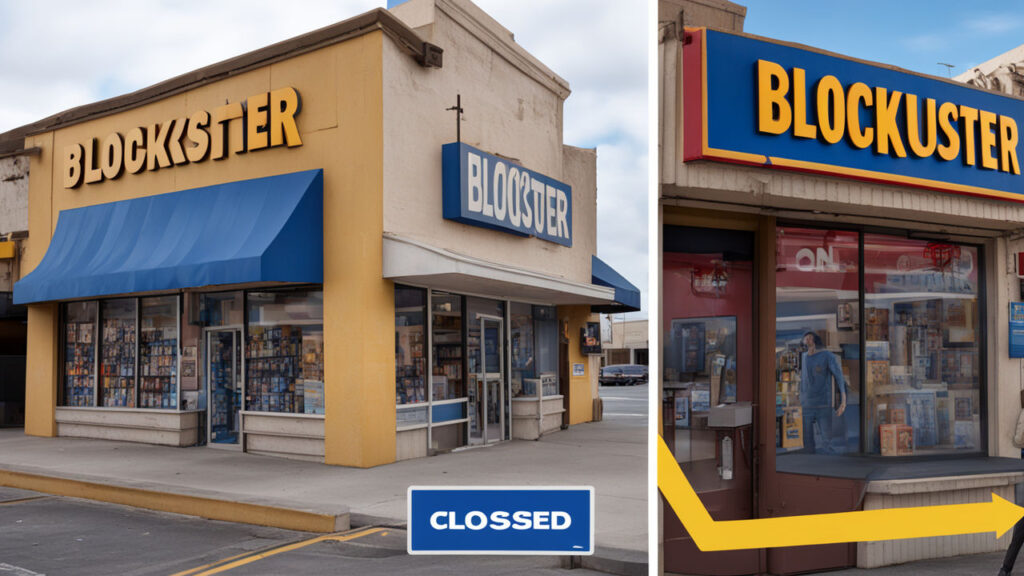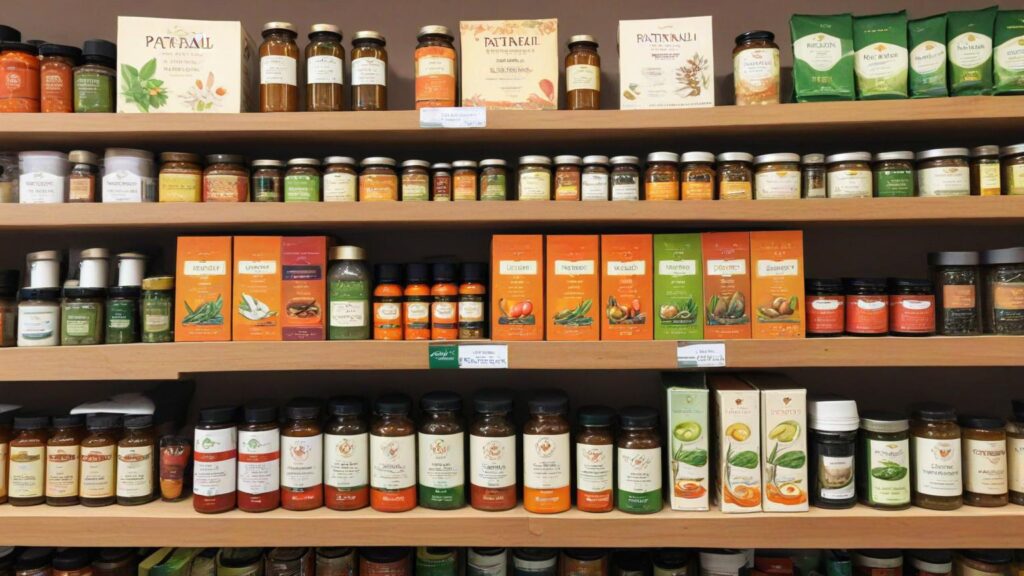"Green Spider : Lessons on Business Adaptation for Super Success"
This morning, while taking a walk in the society garden, I stumbled upon something that left me amazed—a green spider on a Neem tree. Believe me, I had never known there was a green spider! It blended so naturally with the lush leaves, perfectly camouflaged in its environment. The sight made me pause and reflect on the incredible adaptability of nature. Spiders, like many creatures, come in various forms, each adapting to its surroundings to survive and thrive.
Table of Contents
Toggle
This seemingly simple observation sparked an idea. If even a tiny spider has learned to adapt to its specific environment, blending into the background while ensuring its survival, why should businesses—complex organizations made up of people and systems—be any different? Just like the green spider, businesses must evolve and adjust to their unique environments to succeed. The lesson is clear: adaptation is not just a survival strategy in nature but in business too.
Adapting Like the Green Spider
The green spider’s adaptation to its environment is a survival strategy perfected over time. It lives in harmony with the Neem tree, using its color to blend in, finding protection from predators, and thriving in a natural ecosystem that supports its needs.

In business, we often face new challenges, market changes, and shifting consumer demands. Like the spider, businesses must be agile and blend into their surroundings, understanding the environment in which they operate. Whether it’s the market, technology, or consumer preferences, businesses that can adapt quickly will find themselves protected from risks and positioned for growth.
The Importance of Blending In
The green spider doesn’t stand out—its strength lies in how well it blends into its surroundings. For businesses, this translates into the need to understand the specific dynamics of their market. Sometimes, blending in means adopting industry norms or aligning with customer expectations, but it can also mean adapting in subtle ways that provide a competitive edge. For instance:

- McDonald’s: In global expansion, McDonald’s adapted its menu to cater to local tastes. In India, for example, where a large portion of the population is vegetarian, McDonald’s offers options like the McAloo Tikki Burger and avoids beef products altogether. By blending into local food culture, they’ve become a market leader while maintaining their global brand identity.
- Coca-Cola: Similarly, Coca-Cola has used local adaptation to thrive globally. In Japan, they offer unique products such as cold canned coffee, whereas in India, they market brands like Maaza, which caters to local preferences for mango-flavored beverages. This strategy of blending into various markets helps them maintain relevance worldwide.
Companies that fail to blend into the changing landscape may stand out for the wrong reasons—becoming targets for criticism or falling behind in innovation.
Adapting to Change: The Key to Survival
Nature constantly changes, and so do business environments. Consumer preferences, technology, and market dynamics evolve rapidly, and businesses must stay ahead of the curve. The green spider doesn’t resist change—it embraces it. Similarly, businesses that adapt to shifting trends or new technologies early on are more likely to survive and thrive.
- Netflix: Initially a DVD rental service, Netflix realized early on that streaming would replace physical rentals. They transitioned into an online streaming platform, and now they produce their own content. By anticipating and adapting to the shift in consumer behavior toward online entertainment, Netflix turned into a global entertainment giant.

- Amazon: What started as an online bookstore quickly grew into the world’s largest online marketplace. Amazon’s constant adaptation—whether through launching its cloud computing platform (AWS), entering the smart home market, or revolutionizing logistics—has kept it at the forefront of multiple industries.
In contrast, businesses that fail to adapt face the consequences of their rigidity:
- Kodak: Once the leader in the photography industry, Kodak’s resistance to digital photography led to its downfall. The company stuck to its film business for too long, failing to adapt to the digital revolution, which ultimately cost it its market dominance.

- Blockbuster: A classic example of failure to adapt, Blockbuster’s unwillingness to shift to digital streaming, even when Netflix offered to collaborate, eventually led to the company’s closure. Its reliance on physical rentals left it unable to compete in the changing landscape of media consumption.
Innovation from Tradition
The green spider relies on the Neem tree not just for protection, but for resources. In business, this is akin to drawing on traditional wisdom or resources and adapting them to modern demands. Many businesses successfully adapt by combining ancient knowledge with modern techniques.

- Patanjali: The Indian FMCG giant has blended ancient Ayurvedic knowledge with modern consumer needs to produce health and wellness products. Patanjali has grown rapidly by appealing to customers who are looking for natural, chemical-free alternatives. This successful marriage of tradition and innovation has helped them compete with global brands like Unilever.

- Tesla: While Tesla uses cutting-edge technology in its electric cars and battery solutions, it draws on ancient wisdom about renewable energy—specifically solar power. Tesla’s focus on sustainable energy sources like solar panels for homes and electric vehicles positions the company as both an innovator and a company aligned with long-term environmental principles.
Embrace the Unexpected
My encounter with the green spider was completely unexpected, and it led me to an important realization—adaptation often comes from unlikely sources. Businesses should be open to learning from unexpected places, whether from competitors, nature, or even setbacks. Sometimes, the greatest opportunities for adaptation come from moments of surprise or challenge.

For instance, Airbnb came from the unexpected realization that people were willing to rent out rooms in their homes for short stays, creating a new market for hospitality. What began as a small, quirky idea adapted into a worldwide business model that disrupted the traditional hotel industry.
Conclusion: Lessons from the Garden
Seeing that green spider on the Neem tree wasn’t just a moment of curiosity; it was a reminder that adaptation is essential, not just in nature but in business. The world around us is constantly changing, and just like the green spider found a way to thrive by adapting to its surroundings, businesses must do the same.
The question we should ask ourselves is: Are we adapting quickly enough to survive and thrive in our current environment, or are we resisting change? The next time you walk through your own “business garden,” take a lesson from the green spider—and embrace the art of adaptation.

“Running a business is a journey of passion, persistence, and purpose. But remember, success is not just about achieving goals—it’s also about sustaining yourself along the way. Take time to recharge, nourish your mind, and care for your well-being. A strong business starts with a strong you. Keep pushing forward, but don’t forget to pause, breathe, and renew your energy. Your business will thrive when you do.”
Copyright © Heilz. Handcrafted by Utillz